Gallery: Air Tattoo Highlights
July 10, 2023
The Last Ghiblis
Nicknamed Ghibli for a hot dry wind in the Libyan Sahara, the Italian/Brazilian AMX was born out of a unique transatlantic requirement for a light combat aircraft which emerged during the 1980s, but despite hopes for exports, none ever came and this elegant Rolls-Royce Spey-powered machine only found its way into Italian and Brazilian Air Force service. Today, Italy’s AMXes are in their final months of operations, due to be retired this year and replaced by the Lockheed Martin F-35 Joint Strike Fighter, making their attendance at this year’s Air Tattoo their last. Despite the lack of exports, the AMX has proved a reliable and useful platform, over the last decade alone Italian AMXs have been deployed to Afghanistan, Kuwait and flew in support of the NATO-led mission over Libya. Brazil’s AMXes will also be phased out in the coming years replaced by Embraer-built Saab Gripen Es.
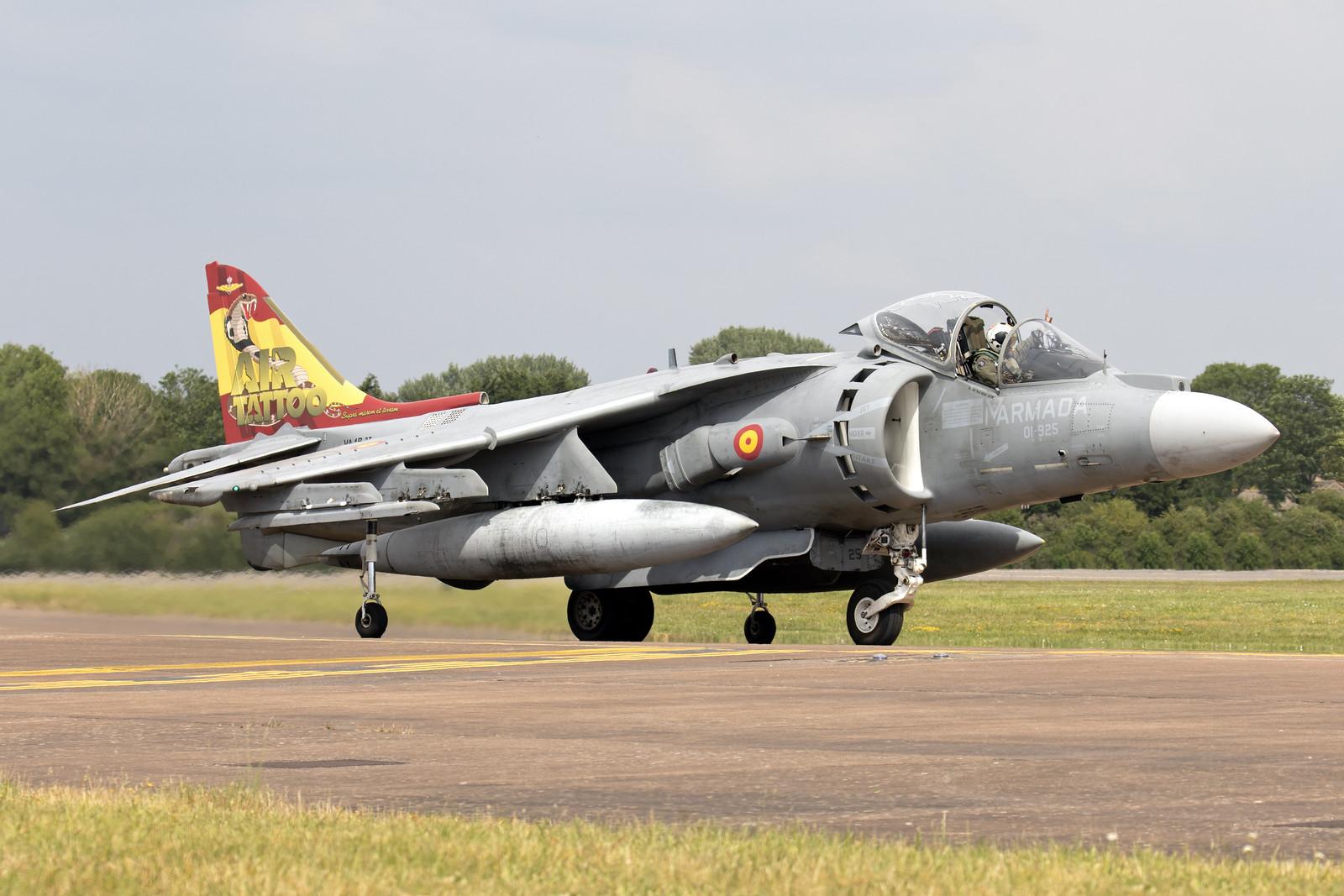
Pegasus Power
Image Credit: Tony Osborne – Aviation Week.
Another type rapidly disappearing from our skies is the BAE Systems/McDonnell-Douglas AV-8B Harrier II. Having been retired from the UK in 2010, and clinging on in service with the Italian and Spanish navies and the U.S. Marine Corps, the type is being replaced albeit in Spain by the F-35B Joint Strike Fighter. This year’s Air Tattoo however has been fortunate enough to attract three of these Rolls-Royce Pegasus-powered machines, two from the Spanish Navy and one from the Italian Navy, with the Spanish Navy example set to perform in the flying display. The type has been the backbone of the Navy’s light carrier-based fixed-wing air defense and strike capability. This year’s show is likely to be the last visit of a Italian Navy AV-8, as the service introduces the F-35B, however Spain is yet to make a decision on how it will replace its AV-8s, although if its Navy wants to retain its carrier capability, the F-35B is really the only option.
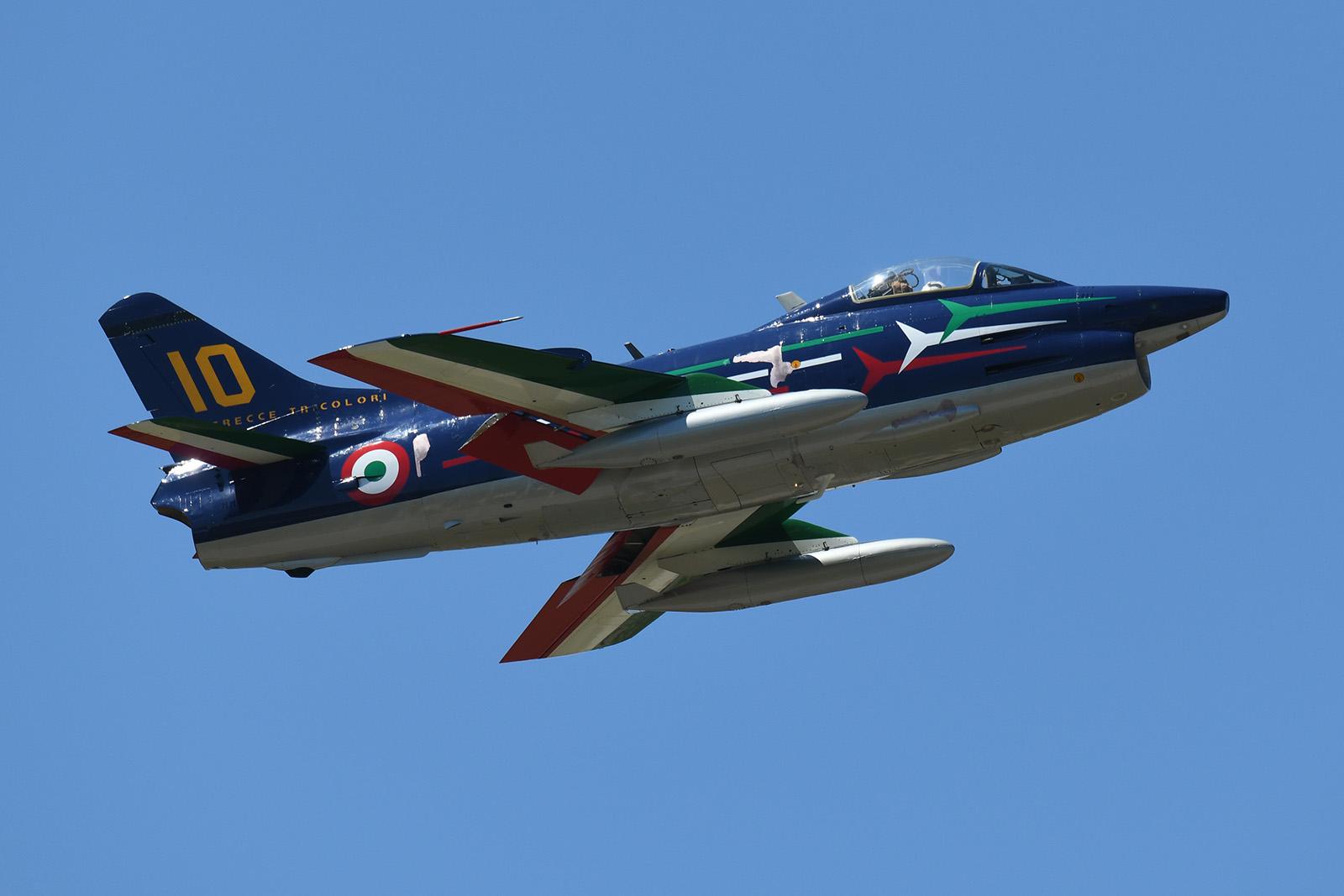
Fiat G91
Credit: Italian Air Force.
Often forgotten in the annals of Cold War aviation history, the Fiat G.91 was born out of a NATO need for a low-cost, light-weight tactical strike aircraft. Up against stiff competition from designs from France and even the U.S. F-5 Freedom Fighter, the Italian won out and the type was introduced in the late 1950s and more than 700 were built. The type had limited export success, finding its way into the inventories of Germany, Italy, and Portugal, and in sizeable numbers, the type being adopted for light attack, reconnaissance and training. The G.91 at the Air Tattoo was rebuilt by Italian Air Force technicians in recognition of the 2023 centenary of the service and made its first flight just days before the centenary event at Pratica di Mare airbase near Rome and is the only G.91 flying anywhere in the world. The last time a G.91 appeared at the Air Tattoo was 30 years ago when a pair of Portuguese aircraft appeared on static display at the 1993 event.
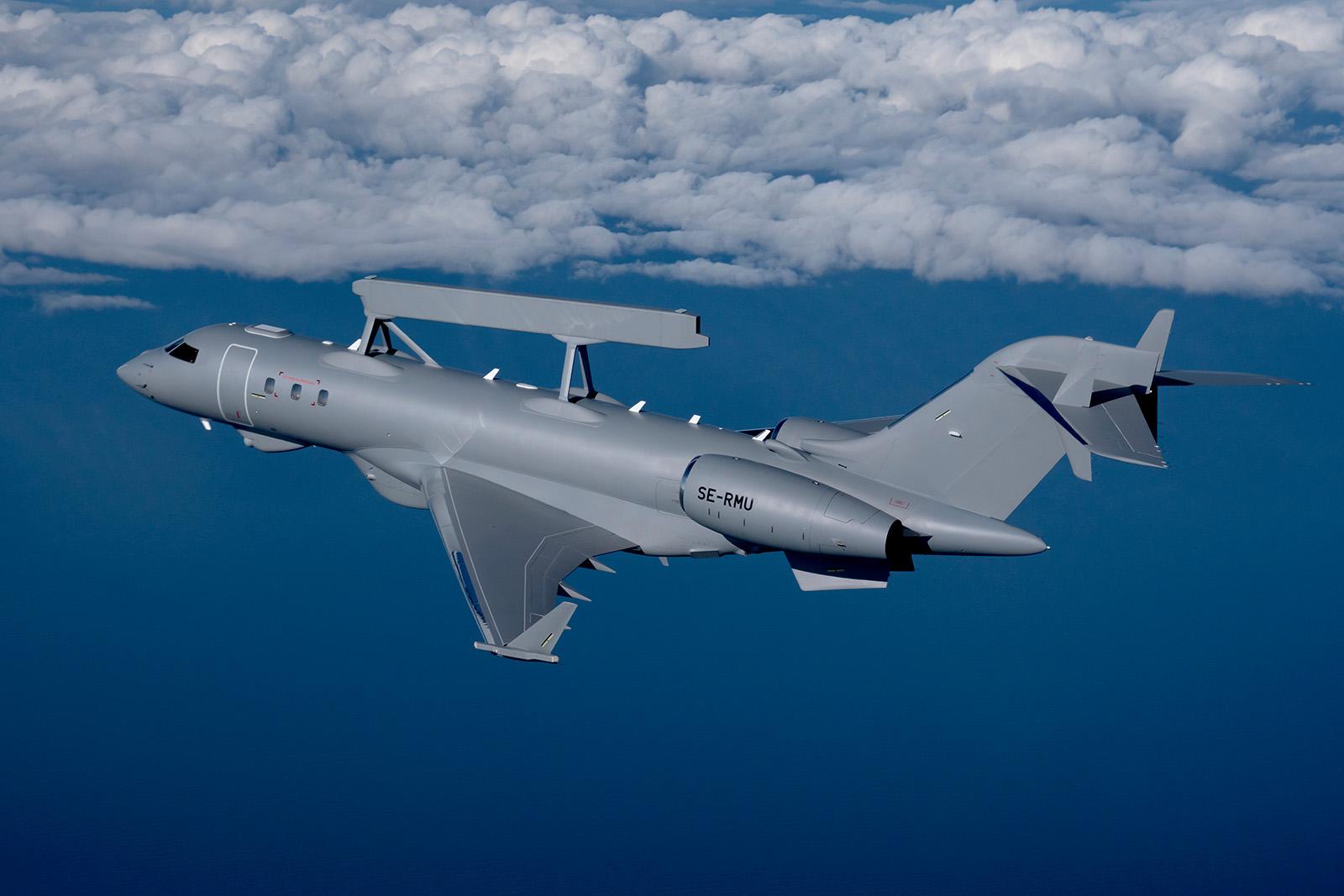
GlobalEye AEW&C
Image Credit: Saab.
Leading a sizeable contingent from Swedish aerospace and defense company Saab is the company’s GlobalEye swing-role surveillance platform, based on the Bombardier Global business-jet. GlobalEye was originally developed to meet a United Arab Emirates requirement for an airborne early warning platform and also features a unique dedicated surface-surveillance capability radar fitted in a fairing fitted under the fuselage ahead of the wing complementing the Erieye Extended Range radar which is mounted in a ski-box like fairing on top of the fuselage. Five GlobalEyes have been ordered by the UAE – the aircraft appearing at the Air Tattoo being one of them - and the platform has also been ordered by Sweden with deliveries planned for 2027. The aircraft is also being proposed by Saab to meet a requirement in South Korea and Saab has responded to requests for information from NATO about the platform.
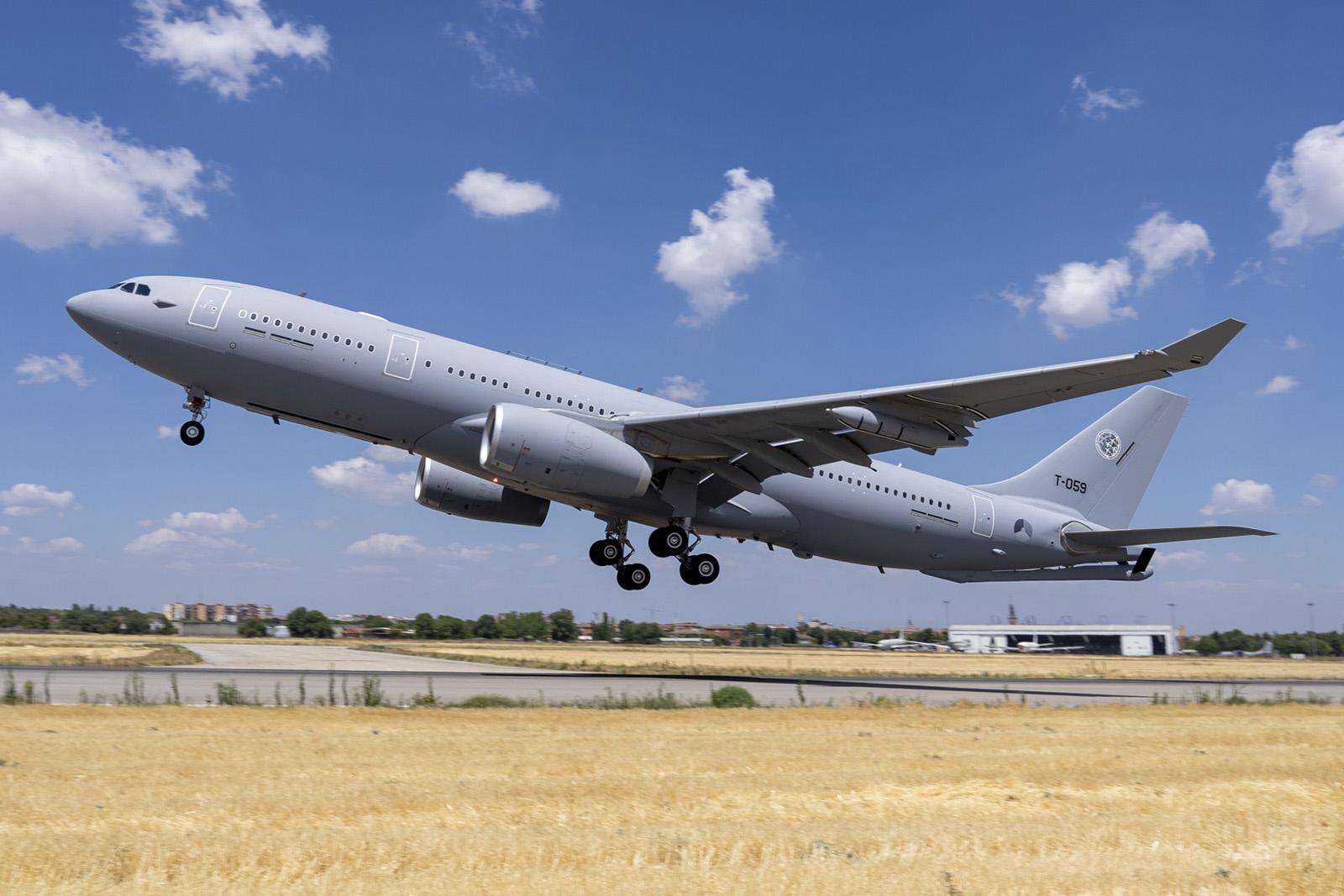
European Skytanker
Image Credit: Airbus.
With aerial refuelling as the key theme of this year’s show, the Air Tattoo is set to feature several Airbus A330 Multi-Role Tanker Transports (MRTT). Among those participating is the newly established NATO Multinational Multirole Tanker Transport (MRTT) Unit. With bases at Eindhoven in the Netherlands and at Koln Bonn Airport in Germany, the MMU currently flies seven A330 MRTTs on behalf of the partner nations, Belgium, Czech Republic, Germany, Luxembourg, the Netherlands, and Norway who fund the MMU by purchasing annual flying hours. The MMU fleet of MRTTs is set to expand to 10 aircraft by 2027 as the need for more tankers in Europe grows. Additional MRTTs on display at the Air Tattoo are being provided by the UK Royal Air Force and the Royal Saudi Air Force.

Mediterranean Observer
Image Credit: Leonardo Aircraft.
Forming part of the Italian Air Force’s formidable presence at this year’s show is the Leonardo P-72A, the maritime patrol variant of the ATR-72-600 regional turboprop. Replacing Italy’s long-serving Dassault (Breguet) Atlantic anti-submarine warfare aircraft in 2017, the P-72s are used for maritime surveillance but lack equipment for anti-submarine warfare. Four of the aircraft are in service. The P-72 is fitted with Leonardo’s in-house Airborne Tactical Observation and Surveillance (ATOS) mission system which links the aircraft’s on-board sensors, a Star Safire HD electro-optical turret, a Seaspray 7300 electronically scanned array search radar and the self-protection suite based on the Elettronica’s ELT800V2 electronic support measures system.
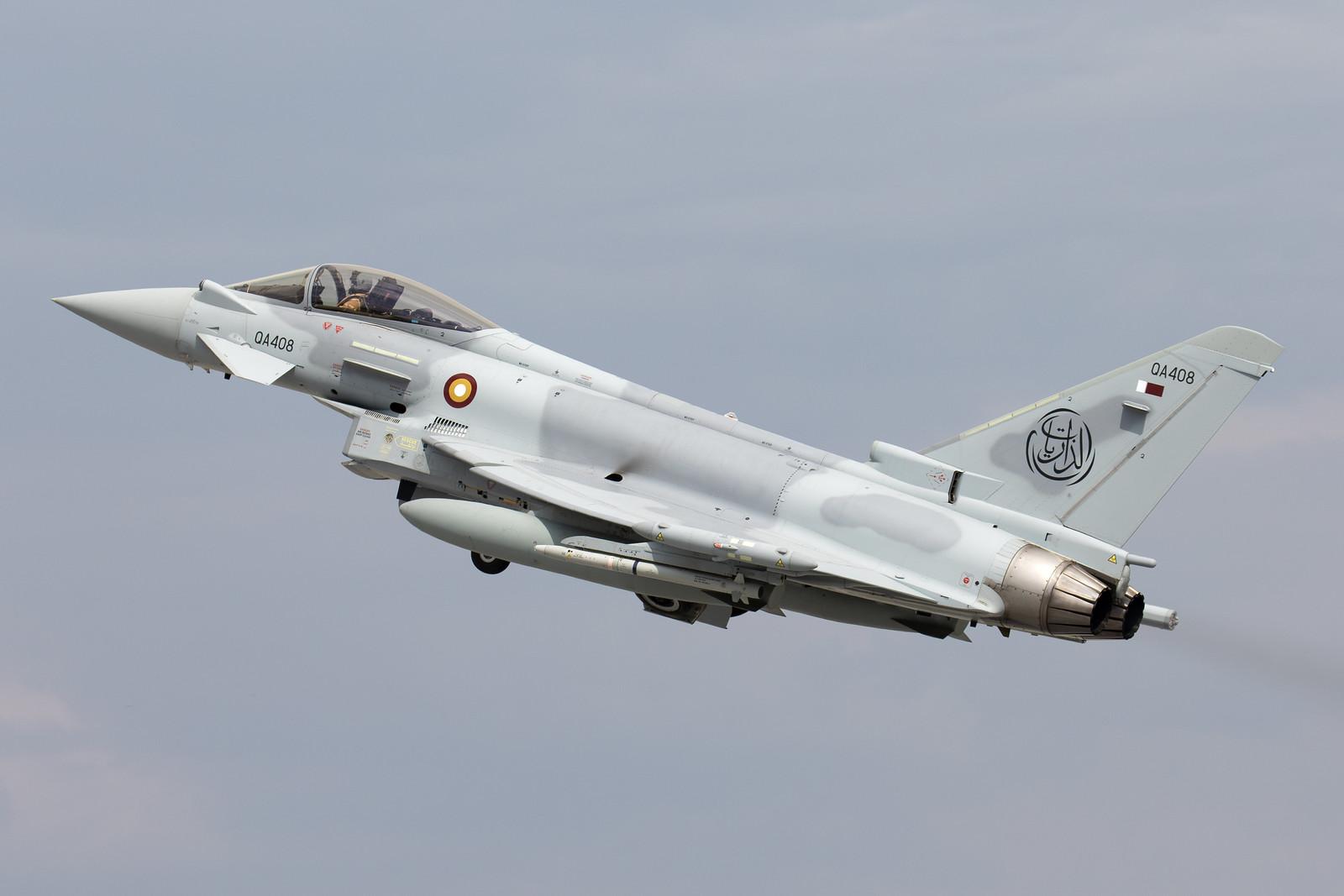
Desert Typhoon
Image Credit: Tony Osborne – Aviation Week.
Making a rare appearance ahead of its delivery to Qatar’s Emiri Air Force is one of 24 Eurofighter Typhoons being built for the service by BAE Systems at Warton, England. Like the Kuwait’s Typhoons which are being delivered by Leonardo, Qatar’s aircraft are among the first Typhoons to be equipped with the European Common Radar System (ECRS) Mk.0 active electronically scanned array radar. Qatari Typhoon pilots have been training with the UK Royal Air Force through Project Thariyat - a spin-off from Qatar’s £6 billion acquisition of 24 Eurofighters agreed in December 2017. Since delivery the aircraft have helped to protect the FIFA World Cup football tournament, held in Qatar at the end of 2022 and have participated in various training exercises including Anatolian Eagle drills in Turkey in May.
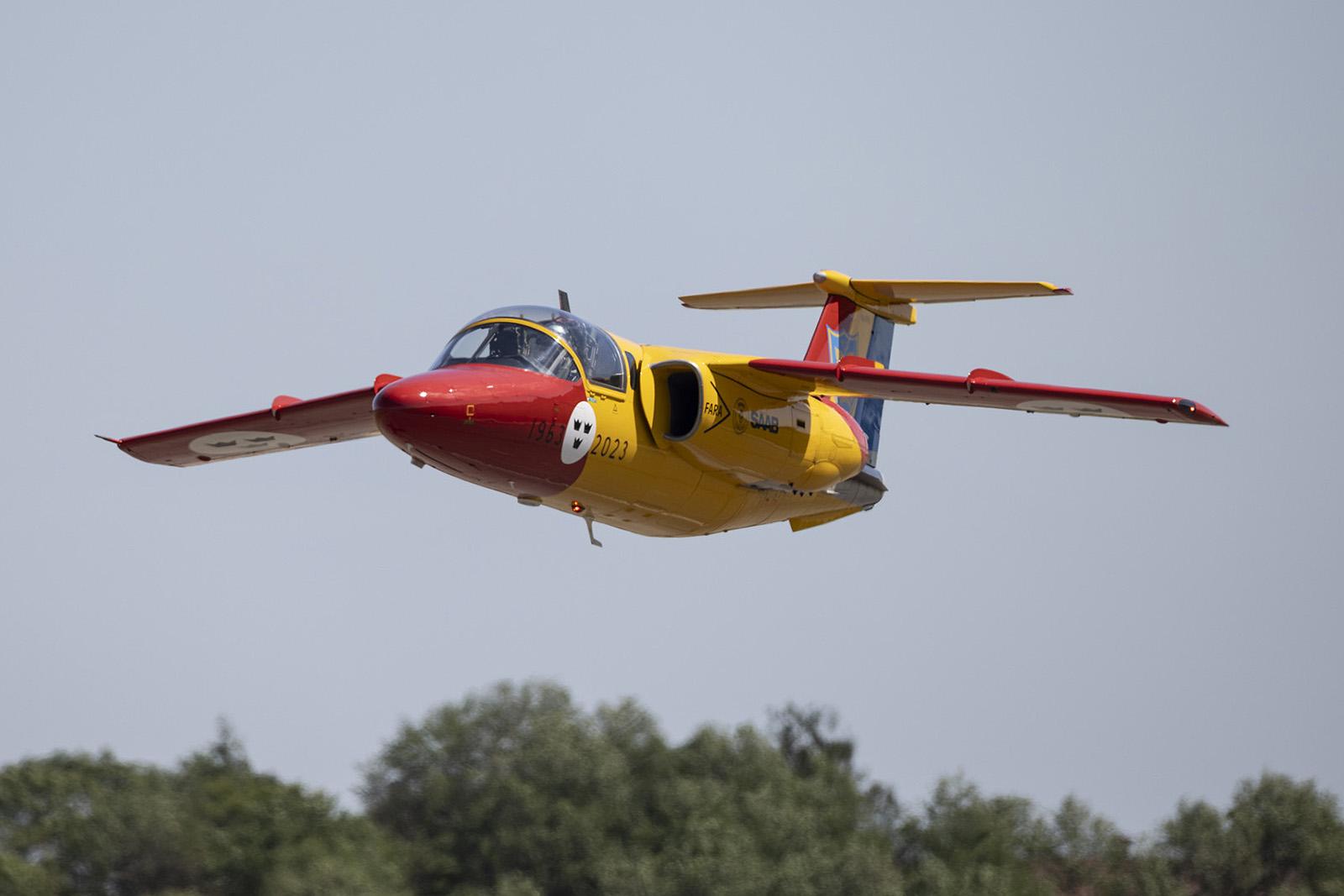
Saab Sixtieth
Image Credit: Saab.
Six decades since its first flight, and 50 years of flight operations under its belt, Saab’s 105, or SK60 as its known in Sweden, has enjoyed a long career training the country’s air force pilots. That long history is being marked by this spectacularly painted aircraft which is due to take part in the Air Tattoo’s flying display. The Saab 105 was originally proposed as a trainer, reconnaissance and light attack aircraft and was also foreseen as a potential business jet thanks to its four-seat configuration. Today the Saab 105 has already been retired from Austrian Air Force service and looks set to be replaced by a combination of Grob G150TP turboprop trainers and the use of two-seat Gripen Ds in Swedish service in the coming years.
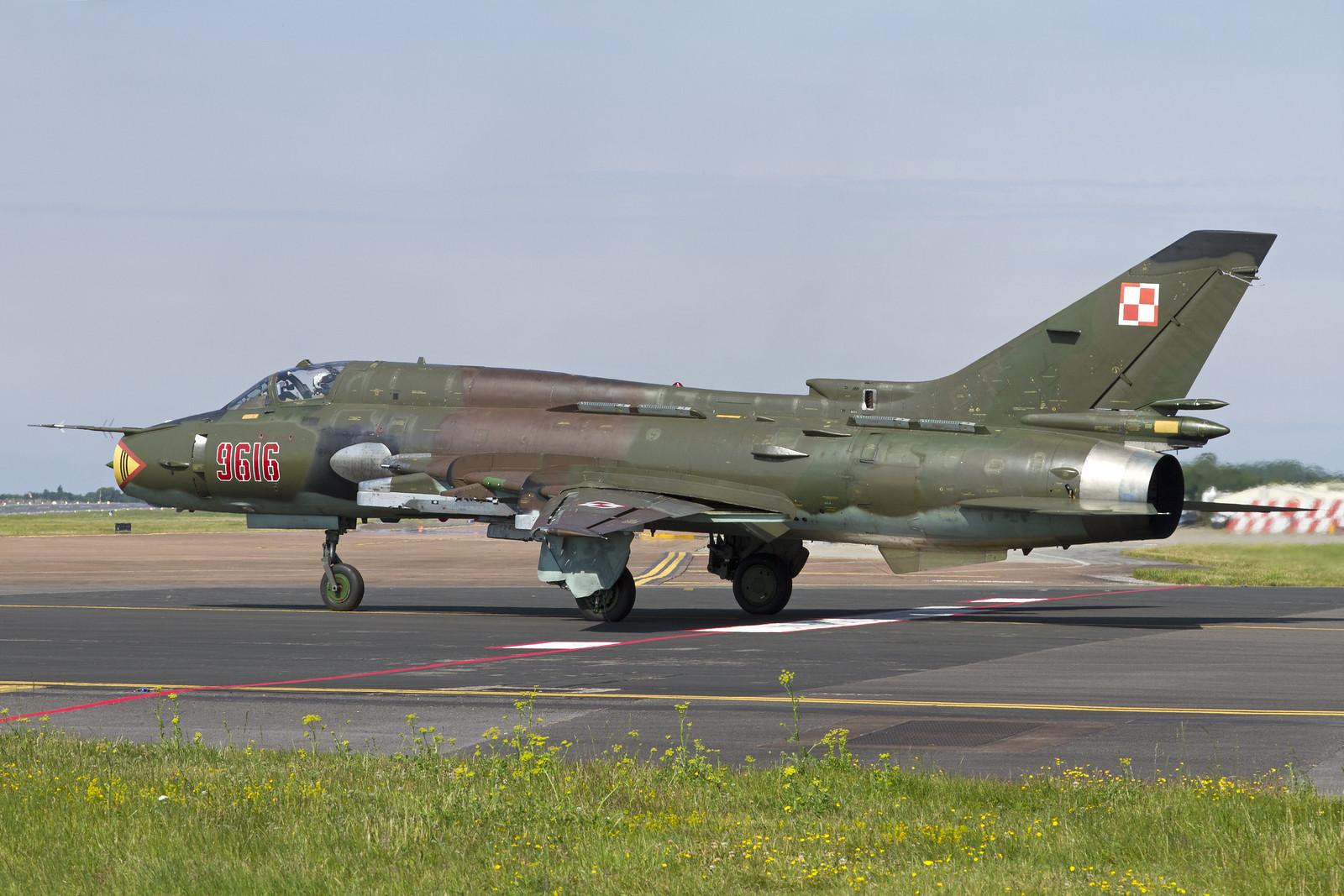
Komsomolsk’s Brute
Image Credit: Tony Osborne – Aviation Week.
Poland is the last operator in Europe of the Sukhoi’s brutish looking Su-22 ground-attack aircraft, known as ‘Fitter’ by NATO, and will be bringing one of its remaining examples to the airshow, ahead of the type’s likely withdrawal as Warsaw prepares to replace the aircraft with the Korean Aerospace Industries FA-50 Golden Eagle light attack aircraft. These single-engine variable geometry aircraft were primarily tasked with ground attack and close air support in Polish service but will become more difficult to operate with Russia under heavy sanctions since its invasion of Ukraine. Poland is aiming to Westernize its military inventories having relied on Warsaw Pact era equipment since the end of the Cold War.

Fairford’s High-Flyer
Image Credit: Tony Osborne – Aviation Week.
The reawakening to the Russian threat in Europe has prompted the U.S. Air Force to make RAF Fairford an operating base for the Lockheed U-2S Dragon Lady surveillance aircraft, and the type’s presence in the static display gives visitors to the show a unique close-up view of this high-flying aircraft. The aircraft make regular flights from Fairford to perform operations near the borders of Russia, often around the North Cape, the aircraft continuing to perform invaluable intelligence missions more than 65 years after entering service.
As one of the largest gatherings of military aircraft in the world, the Air Tattoo manages to attract unique and rare types for aviation enthusiasts to admire.
Aviation Week’s London Bureau Chief, European Defense Editor and self-confessed avgeek, Tony Osborne highlights some of the more interesting aircraft due to appear at this year’s event.